Virtual presentations, meetings, and speeches get a boost from these ideas from Disney’s Sing Along.
Leave it to Disney to find a way to create a fun experience even though most of us — including their talent pool — are obediently social distancing. When I saw that there was going to be a Disney's Sing-Along special on ABC, I thought “how are they going to pull this off?”
It's one thing for Andy Cohen to chat with The Real Housewives via a Zoom call on his BravoTV talk show. It's entertaining to see Jimmy Fallon interview celebrities via FaceTime. But how exactly were they going to produce a Disney Sing-Along that sounded great, was entertaining, and would keep our attention.
And, I asked myself, “if they pull it off, what can we learn about improving all these virtual presentations?”
“If Beyonce is self-taping a Lion King performance on her — likely bedazzled—iPhone — we can all raise the bar on our virtual presentations.”
Here's the deal…
I'm willing to sit through messy Zoom calls because it's casual. It's a meeting. Meeting's themselves are messy.
But I've got ZERO time for a boring webinar, a snooze-festy virtual keynote, or a some other haphazard version of someone taking time and wifi bandwidth without upping the production value a bit.
Too soon?
As I watched the likes of Christina Aguilera, Auliʻi Cravalho, and Beyonce dare us to even attempt to hit their notes in Disney's Sing-Along on ABC last night, I realized that if even Bey is self-taping a Lion King performance on her — likely bedazzled — iPhone — we can all raise the bar on our virtual presentations by following these five ideas from the show:
Move Your Face
Far too often on virtual presentations it seems as if presenter is bored with their own topic — even when it's wickedly interesting. It's because they aren't moving their face. We get so used to seeing the reactions of the people we are speaking to when they are physically in front of us that we forget we need to remember to do that when we we are delivering virtually.
Every time you speak a new line or bring a new thought forward, you should be inspired to change the way you deliver it.
Check out the way that Auli-i Cravalho does this in her performance of “How Far I'll Go.”
“It's not just about the volume of their voice — but about playing each of the keys in your range to add some contrast and honesty.”
Play All Your Vocal Keys
One of the ways we keep interest, communicate intention, and show our truth is by the way our voice sounds. We can even whisper several different ways. Try it out — say the sentence “I can't handle it” four times with these different intentions behind your whisper: despair, fear, lust, disgust. Each one means something different — but all technically say the same thing.
Whenever I'm coaching a public speaking client, I have them try to get really upset and YELL some of their speech. It's how we start to play with their vocal range. It's not just about the volume of their voice — but about playing each of the keys in your range to add some contrast and honesty.
We listen for contrast — so give us vocal variety. Try writing your “vocal energy intention” for each slide or idea in your presenter's notes as a reminder.
Watch the way Luke Evans and Josh Gad completely own their vocal prowess to communicate EXACTLY what they want us to know. Listen to it with your eyes closed first, then with your eyes open. You probably won't be surprised by the way they move their face and body because you've ALREADY experienced it vocally.
Hands Up
I have a confession. I am a natural, wild, unfettered, untamed gesticulator. I move my hands a lot when I talk.
Whenever I am delivering a presentation that is being filmed, I have to be thoughtful about making sure that the gestures I make end up on camera and not just out of frame with my hands waving wildly out of view of the audience.
Gesticulating is a helpful for us to connect to what we are saying — and can help the audience understand what is being said. When you punctate a list by using your fingers to count, it helps your audience track. When you use your thumb and pointer finger to indicate a small amount and then both hands pulling away from each other to indicate a large amount, it helps create an imagine for the audience.
Just remember to do it all in frame so we can see!
Watch the way Ariana Grande never keeps her hands away from us for long.
Time For Your Close-Up
You might be used to standing while you give your speeches in person — and you might want to try to mimic that in your virtual presentations thinking it gives you an advantage as a professional over the standard voice-over-webinar-slides.
And it does.
Just don't get too far away from us. Notice how in a recording of a live concert, they will often pull the frame back to show you context — “oh look at all those people”– but then quickly go back to close-ups of the performer. They do this in film and TV, as well, by showing us the entire busy NYC sidewalk — and then cutting to the faces of the two performers we are supposed to be paying attention to in this scene.
The context is helpful — but we want the close-ups.
So keep yourself looking like you are 3 ft or less away from your audience when they are watching on their screens.
Watch how they managed to show you context and close-ups during the High School Musical performance.
Keep Things Moving
Have you ever sat through voice-over-webinar style presentation where the image on your screen stayed static for 3 minutes while the person spoke?
It's boring and will leave you grasping for your phone to check out what's happening somewhere else.
Our eyes (and all the parts of our brain dedicated to this sense) are fine-tuned to recognize change. We look for things that move because once upon a time, we could be a snack pretty quickly if we didn't.
So if you are going to be on camera — move your face, move your hands, move your torso. If you can, toggle back and forth between your slides and your camera view. On your slides, keep them moving. Show the big picture, then show the parts, then flash back to the whole again.
Check out the way Little Big Town kept things moving.
As more presentations move online, we are no longer going to get credit for virtual presenting. It's the folks who leverage the power of engagement, enchantment, and energy to put a great show who will become the speakers and trainers we all seek out.
My approach is all about transforming your relationship with your voice, body, and story. It's one thing to write about it - it's another to take a breath and speak the words out loud.
Ready for your close-up?
You don’t need a speaking coach, a formula, or to follow someone else’s steps. You need feedback about how the audience experiences your ideas, your presence, your story, and your speech.
That’s what a keynote director does.
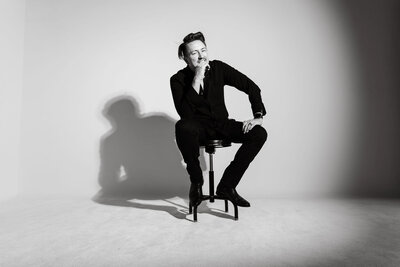

Browse by category
In the world of performance, the director gives “notes” which include specific, actionable tips for the performers.
Musings and dispatches about creativity, storytelling, and finding more meaning as a public speaker.
A podcast with storytellers, public speakers, and performers about the art and science of saying something.
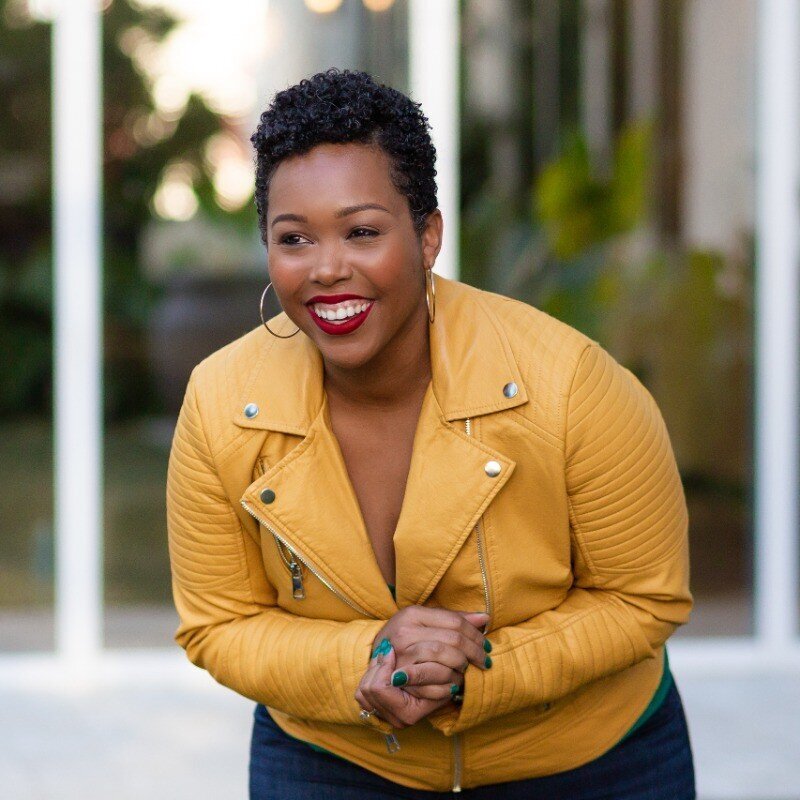



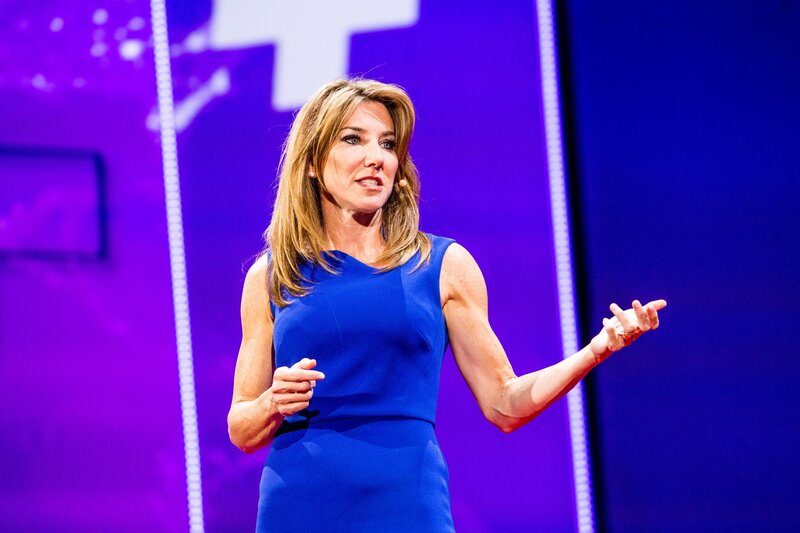



"Mike helped me create the signature keynote I'd been dreaming of giving. He was so skillful, artful, creative in helping me create a #mikedropmoment."




“He should have charged me 5x as much because the VALUE I received was so astounding!”
“Working with Mike made me more compelling, more motivational, more relatable, and more myself”
WORD ON THE STREET
— Erin King, Bestselling Author & Top-Ranked Keynote Speaker
— Tiffany Lanier, Change and wellbeing keynote speaker
— Laura Gassner Otting, bestselling author and TEDx speaker
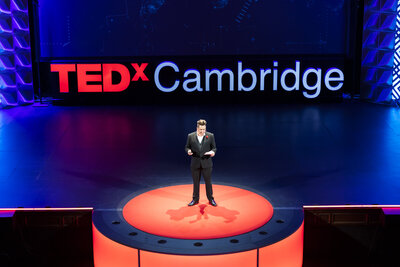
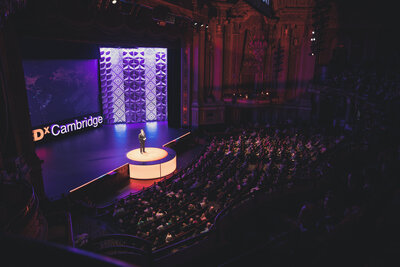

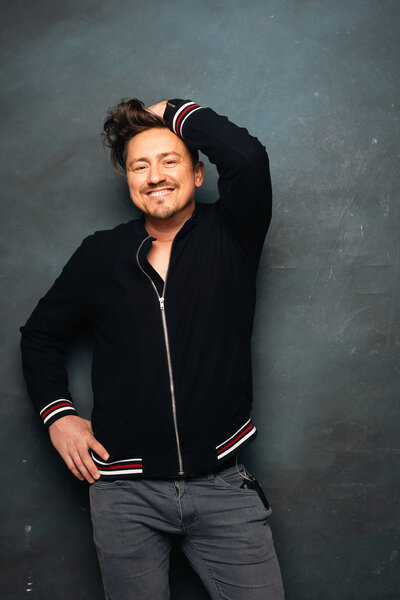
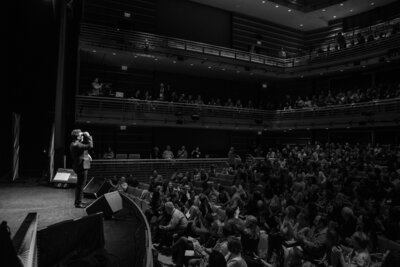


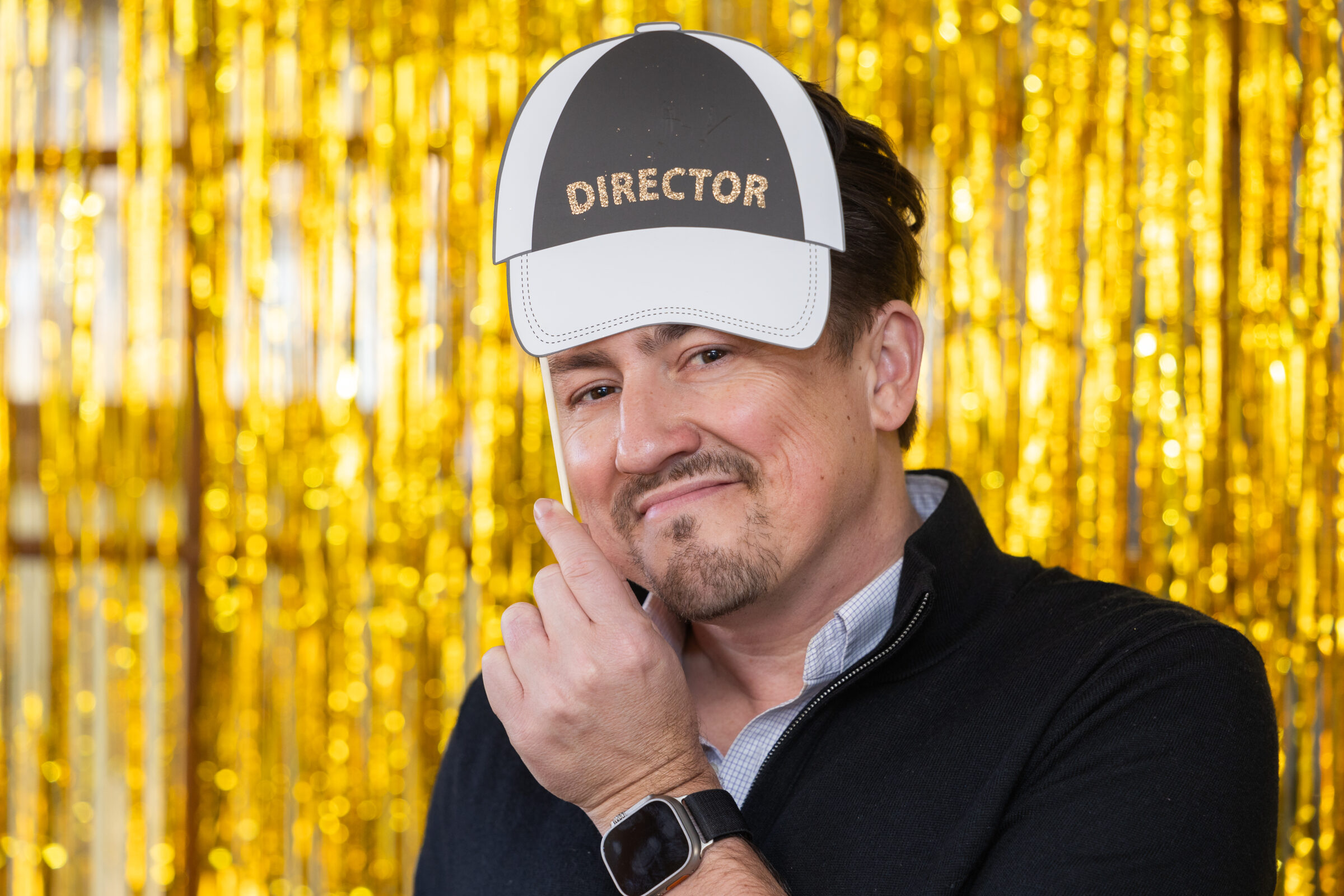

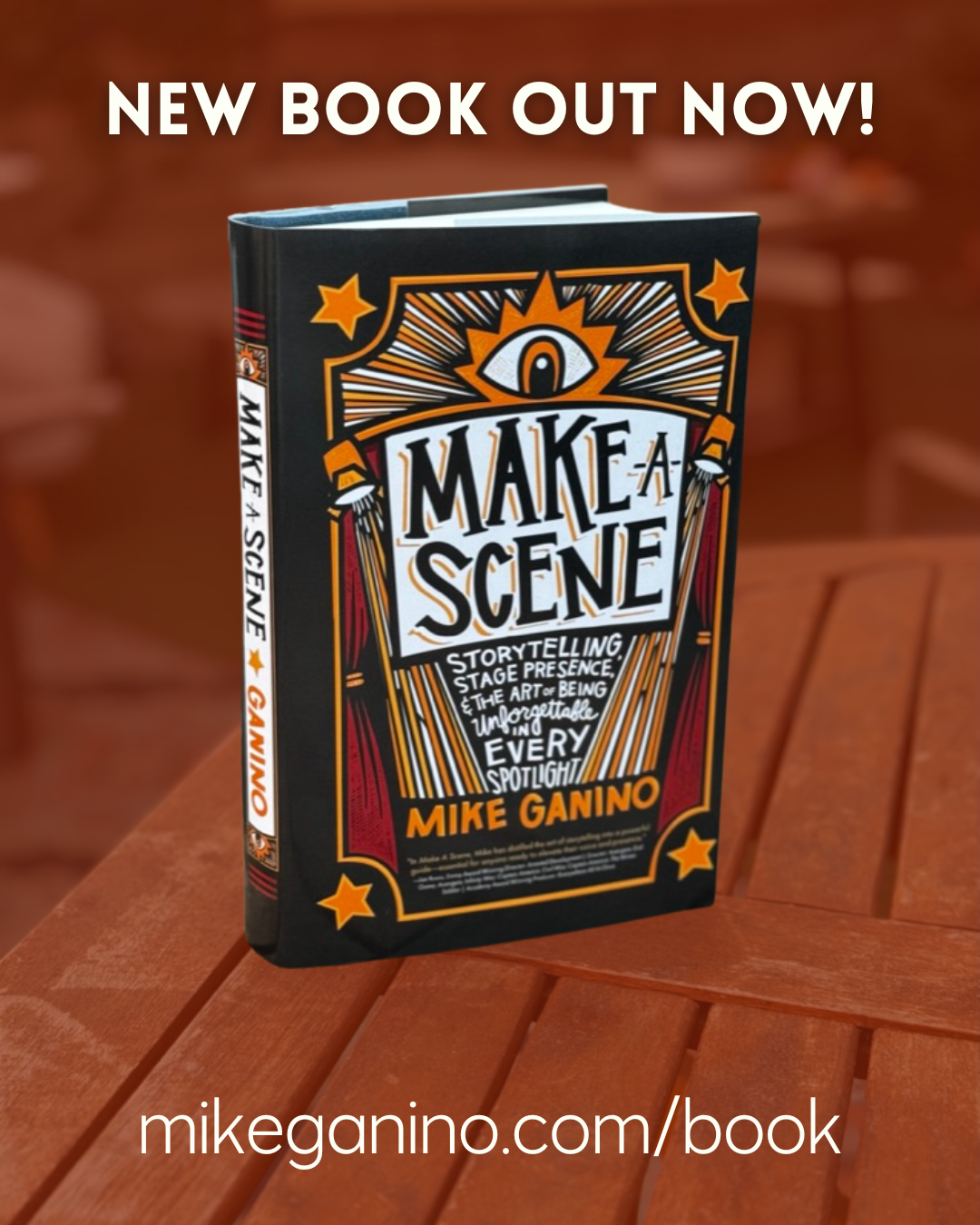
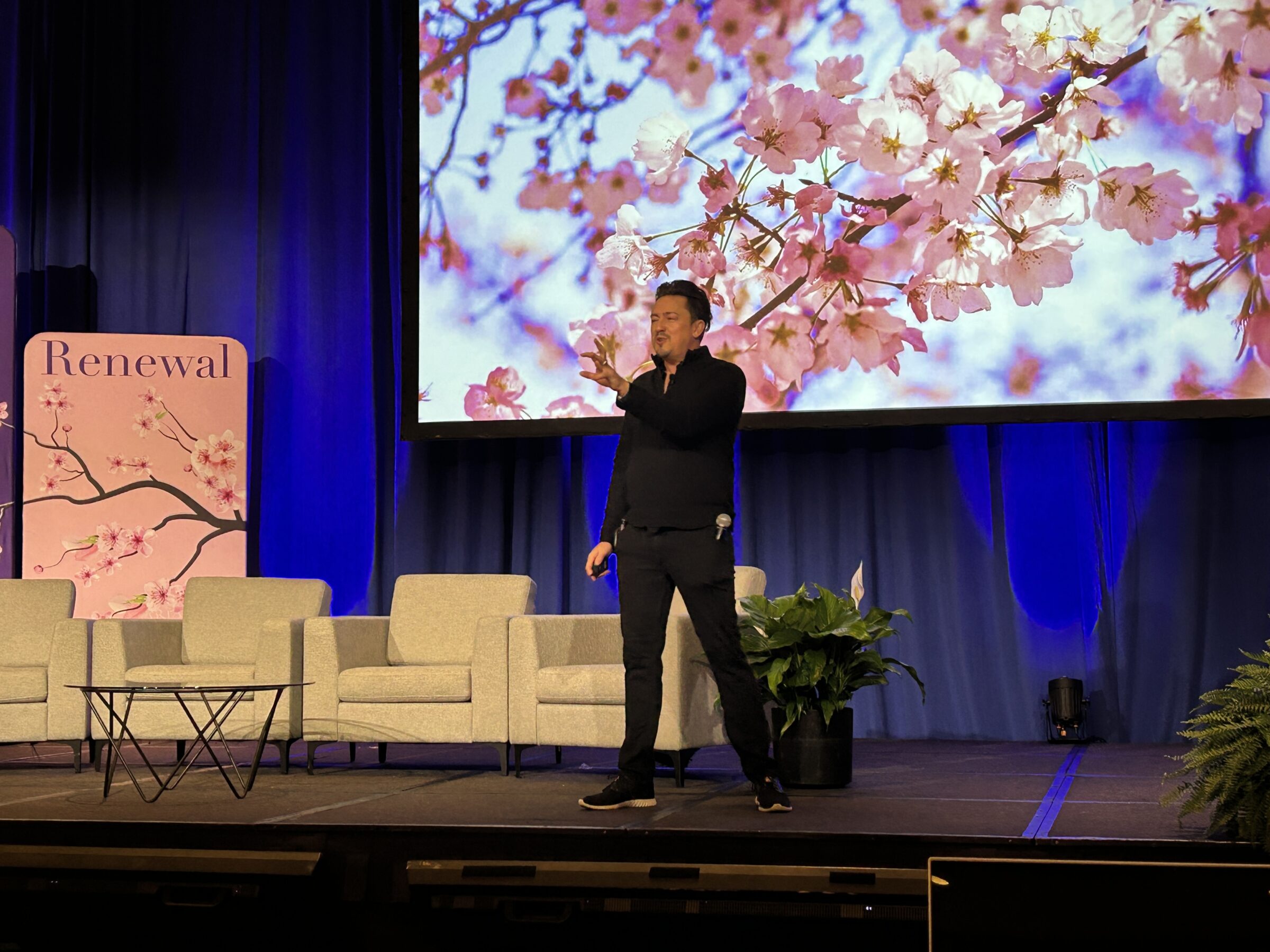



+ Show / Hide Comments
Share to: